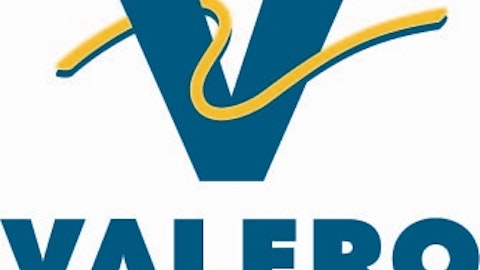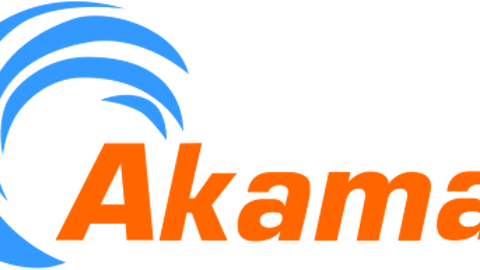If you were watching ethanol company stocks over the last five years, you’re probably suffering from a serious case of whiplash. They boomed with the fuel’s fortunes in 2008, crashed like everything else in 2009, recovered impressively in 2010, and then fell in both 2011 and 2012. So far this year most are up between 20% and 40%, but few investors believe these gains will prove sustainable.

Producers in this $40 billion industry don’t, either. So most of the biggest have begun downsizing their reliance on ethanol as fuel — and turning to other related products that, they hope, will offer better margins and longer-term viability.
Margin squeeze at record levels
The economics of ethanol production have always been dicey. This is largely because the industry is at the mercy of many factors outside its control. Volatile corn and energy prices pressure margins. Fickle acceptance of ethanol levels in gasoline by consumers and oil refiners keep demand from significantly expanding. Waning government support threatens to undermine the demand that does exist.
In years past, ethanol makers took the offensive by opening new plants and boosting production. This countered at least some of the margin issue, as a growing capacity was needed to meet the slowly increasing amounts of ethanol the government required annually in the nation’s auto fuel supply. Last year, plants in 28 states produced more than 13 billion gallons.
The biggest players feasted on this growth. Archer Daniels Midland Company (NYSE:ADM), a large, diversified agricultural company, focused on ethanol and quickly became the largest producer in the industry with an annual capacity of 1.72 billion gallons. The privately held POET parlayed some innovative ideas into production levels only slightly lower. Valero Energy Corporation (NYSE:VLO) bought 10 state-of-the-art ethanol plants and instantly became the country’s third-largest producer. Green Plains Renewable Energy Inc. (NASDAQ:GPRE), a vertically-integrated producer based in Nebraska, built itself into the largest of the public ethanol pure-plays. Pacific Ethanol Inc (NASDAQ:PEIX) grew by opening plants near customers on the West Coast rather than corn suppliers in the Midwest — although this differentiation has subsequently resulted in more problems than benefits.
To anyone paying attention, though, it’s obvious that the game has changed for everyone. Analysts expected U.S. ethanol demand to rise to 15 billion gallons in the next few years, but resistance from consumers, automakers and oil companies to putting more than 10% ethanol blends into passenger cars puts that target in serious jeopardy. Producers dramatically reversed course and cut production last year as the Midwest drought took a big toll on corn supply, at one point idling 36 of the 211 ethanol plants in the U.S. and eliminating 15% of the nation’s installed capacity.
But even this wasn’t enough to slow margin erosion, which has reached crisis levels with ethanol producers now losing money on every gallon sold since January 2011 and their losses hitting new records almost every month.
Top players forging new strategies
But the leaders are not standing still. Top producer ADM, for example, has aggressively reduced capacity in recent months and one of the plants that it idled, in Wallhalla, N.D., may be closed for good. In its recent earnings report, ADM officials said they believe ethanol margins have hit bottom and will recover as 2013 wears on — but they also said the company will be increasing its oilseed processing operations to make up for the profits lost in ethanol.
Number-three Valero Energy Corporation (NYSE:VLO) cut production as well, and can rely even more than ADM on diversification through its petroleum operations.
POET and Green Plains also idled multiple plants last year. But with their narrow focus putting them more at risk than ADM and Valero, these two are trying to pull themselves out of the ethanol slump by remaking some of their plants into refineries that can produce something other than the fuel.
POET is among several producers now turning a byproduct of the ethanol process into a protein called “zein,” which can be used in packaging, adhesive and other industrial applications. It is also developing a corn-based fiber product that could compete, as soon as 2014, with oat and wheat in cereal and various baked goods.
Green Plains is moving into related new directions as well, but in a significantly different way. It has partnered with filtration maker CLARCOR Inc. (NYSE:CLC) and a private wastewater treatment firm called bioprocessH2O to capture the carbon dioxide released when starch is fermented during ethanol production. It plans to use this to grow algae for production of fish food and various chemicals, and projects sales will provide profits during ethanol downturns.
Green Plains also plans to rely more heavily on its sales of corn oil, which are currently the one profitable aspect of its operation.
The bottom line
Diversity may help some of these producers weather the ethanol squeeze, but any potential stock impact from these moves is still unclear and sure to vary.
ADM and Valero Energy Corporation (NYSE:VLO) are best positioned, if only because ethanol has always been just one part of their portfolios — and a relatively small one at that. POET remains perhaps the most innovative of this group, but unless it goes public it will not be of interest to investors. And no matter what it tries, Pacific Ethanol will remain challenged by its daring decision to locate far from Midwest cornfields.
Anyone with a soft spot for ethanol, then, should be focused on Green Plains. It’s remained a market leader by combining relatively low-cost production methods with solid capitalization, minimal debt, good risk management and a location close to corn supplies. Its foray into algae may help it weather tight ethanol margins, and corn oil sales could continue to grow, but it will first have to get through a coming year that looks very challenging for ethanol.
The article Squeezed Ethanol Makers Looking Elsewhere for Profitability originally appeared on Fool.com and is written by Howard Rothman
Copyright © 1995 – 2013 The Motley Fool, LLC. All rights reserved. The Motley Fool has a disclosure policy.




